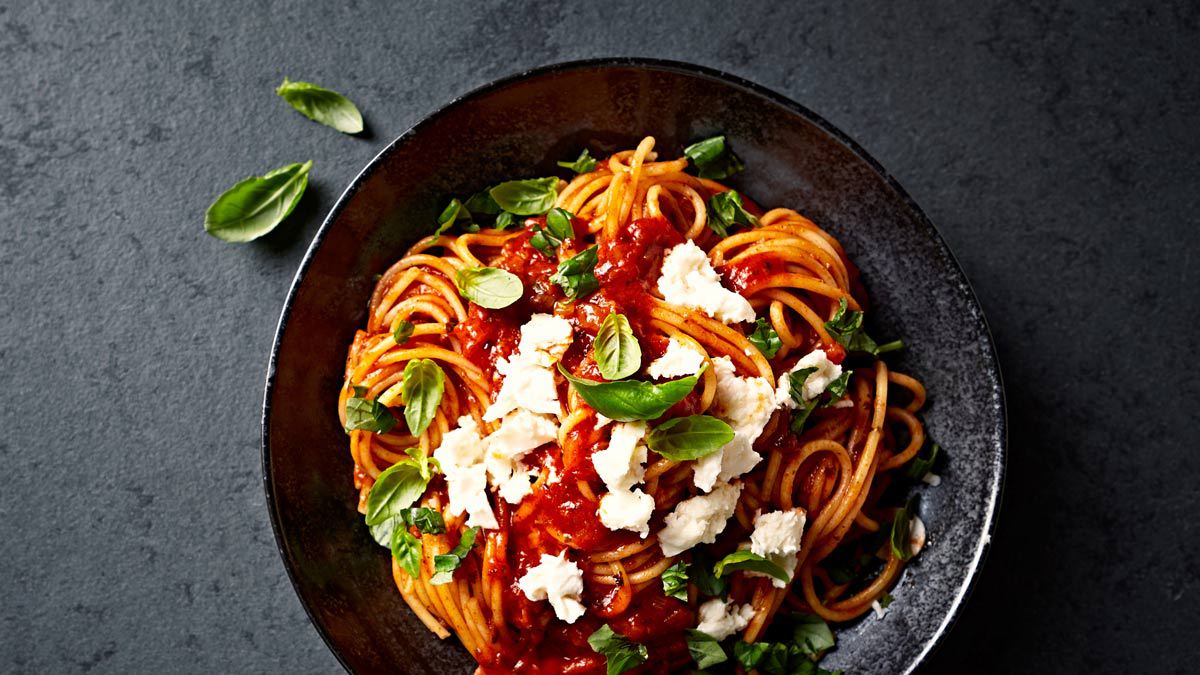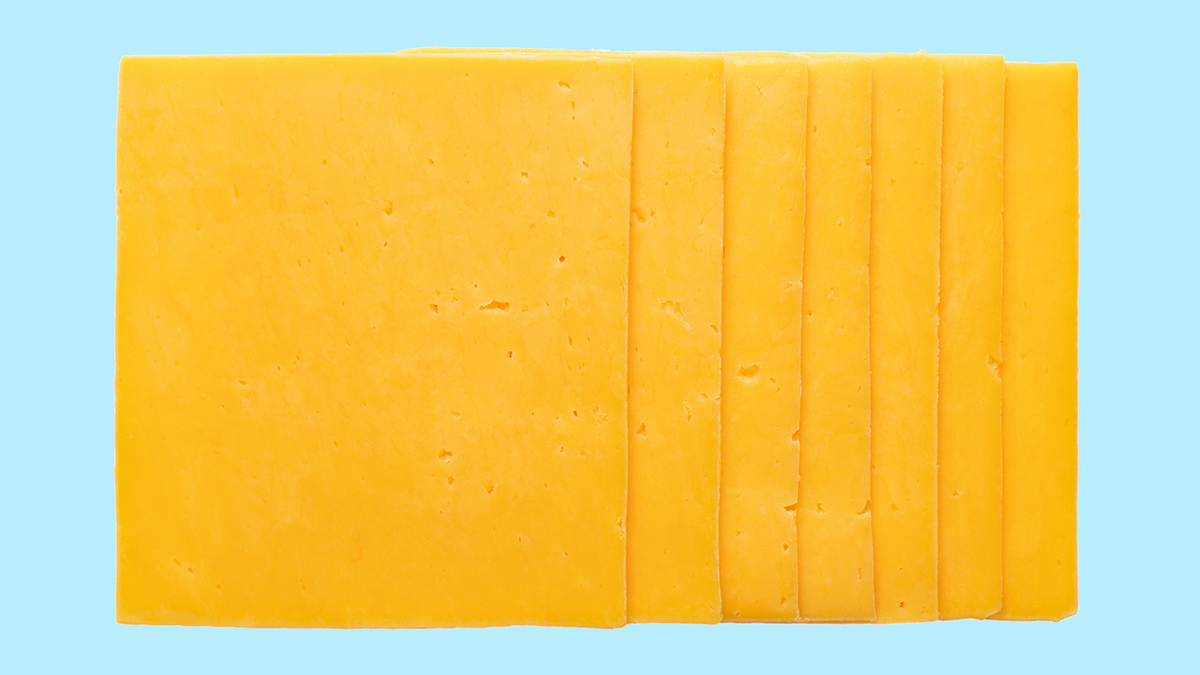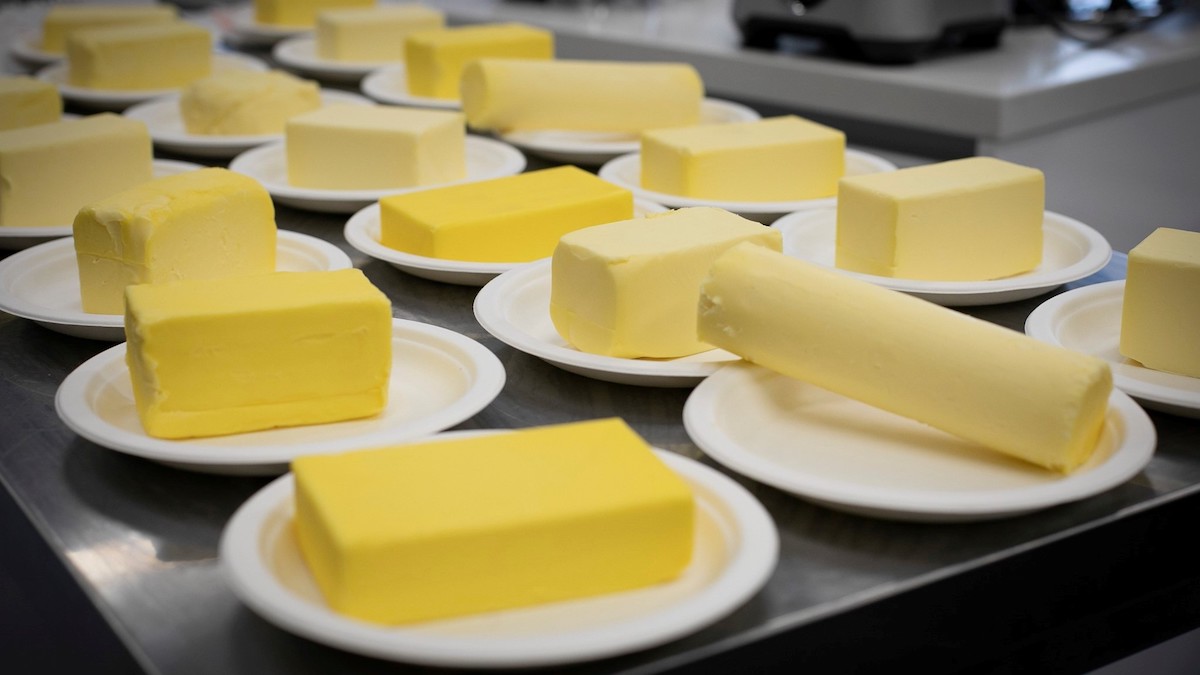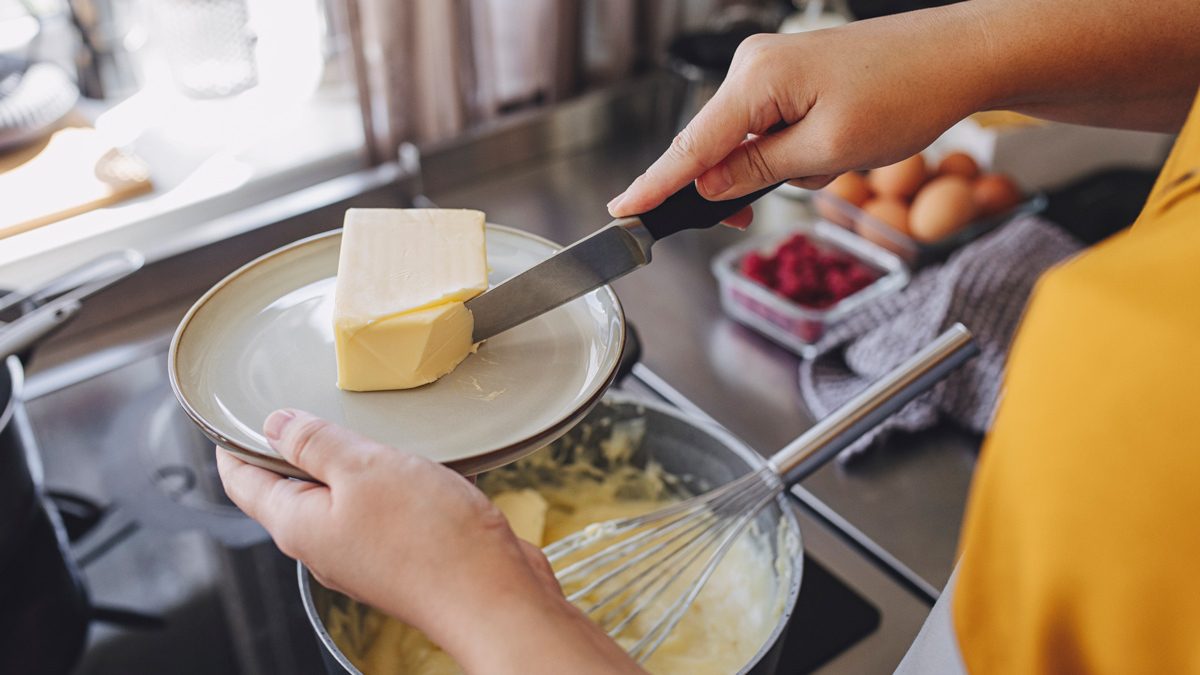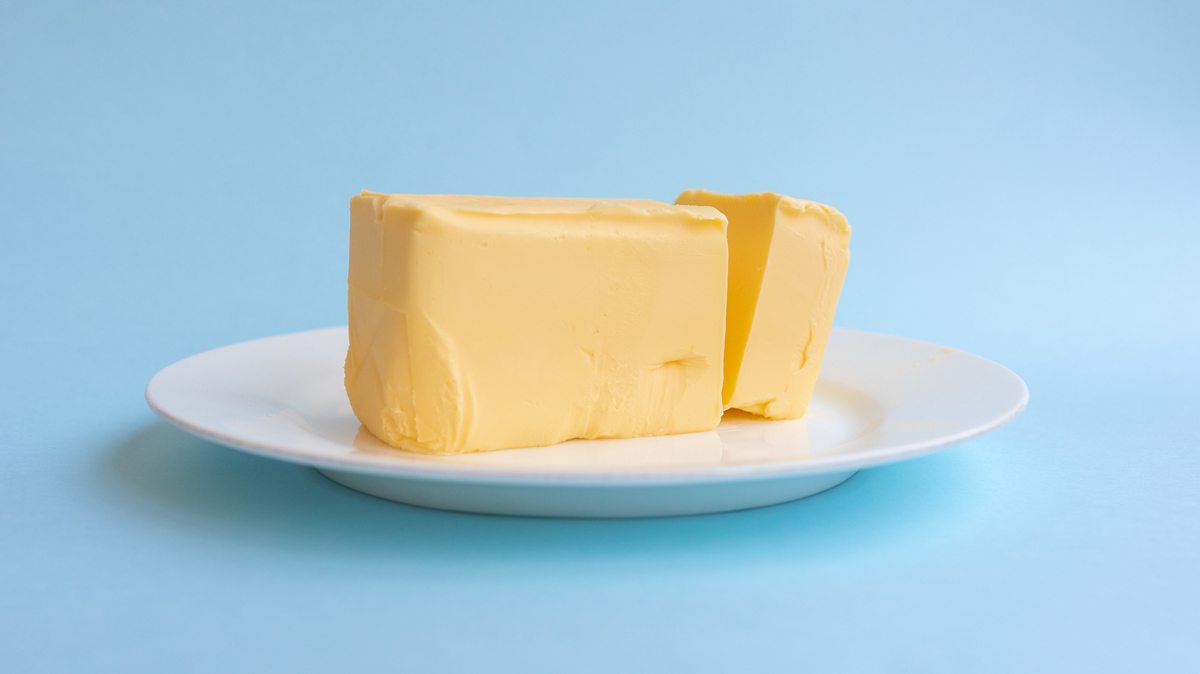Get our independent lab tests, expert reviews and honest advice.
Parmesan cheese guide
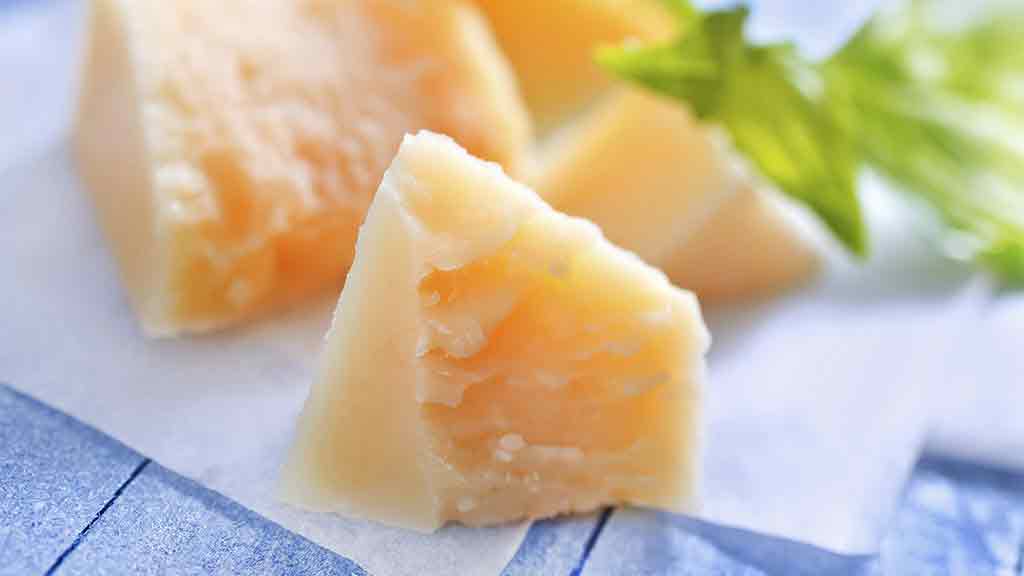
A bowl of spaghetti bolognese just isn’t complete without a generous handful of finely grated parmesan cheese on top. But in Australia, you might be enjoying a naturally made, slowly ripened hard cheese imported from Italy, or it may be a manufactured imitation.
What we call parmesan cheese in Australia will ideally be either Parmigiano-Reggiano or Grana Padano – different but similar cheeses made only with milk, whey, rennet and salt, produced to specific standards and named for the regions in Italy where they originate. Only cheeses certified by the regulating “consorzios” (consortiums) are legally allowed to use the names Parmigiano-Reggiano or Grana Padano in Europe, as protected designation of origin (PDO) applies. The term “Parmesan” is also included in the Parmigiano-Reggiano PDO.
But those laws don’t extend to Australia, which means Kraft can also call its grated cheese in the green canister “parmesan”, even though it contains cellulose powder and potassium sorbate, and probably does not originate from Italy.
If you’re after a good quality, great tasting parmesan cheese, choose the real deal. In this article we explain how to buy, store and serve Parmigiano-Reggiano or Grana Padano cheese.
Buying parmesan
Parmesan cheese should taste sweet, slightly fruity and slightly “lipolytic”. It should have a firm, dry and “close”body. (For an explanation of these terms, see our jargon buster.) Despite its granular structure it should have a smooth texture that melts in your mouth. Depending on the age, the colour can range from pale and creamy (if it’s young) to a deep straw-yellow (at 2–3 years).
Use these tips to help you buy parmesan cheese, either pre-packaged or freshly cut.
Check the seal
Before buying a pre-cut wedge from the supermarket, check the pack is tightly sealed — any exposure to air results in oxidation, which compromises quality.
Buy from a deli
A specialist deli or cheesemonger might offer more choice, and you can ask to taste a sample before you buy. A good retailer should be able to tell you about the cheese — how old it is and where it’s from, for example.
Common faults
Common faults of parmesan include it being overly lipolytic, stale, over/undersalted, lacking flavour, having a weak or open body, or suffering from free moisture, surface discolouration or excessive lactic acid (which shows as calcium lactate crystals).
Authentic parmesan is branded on the rind
If you’re after authentic Italian parmesan look for the branding on the rind: Parmigiano-Reggiano or Grana Padano is imprinted in dots on the rind along with the producer’s number and the month and year of production. Each wheel is inspected individually to ensure it meets the necessary standards before it’s sent for sale. Cheeses that pass the test are heat-branded on the rind with the consortium’s logo. Parmigiano-Reggiano wheels whose testing indicates that they’re best eaten young are marked with parallel grooves around the circumference of the wheel. They’re known as ‘Parmigiano-Reggiano Prima Stagionatura’.
Older doesn’t necessarily mean better
It’s really down to individual preference and what you’re using it for. The more mature the parmesan, the stronger the flavour, and the drier, crumblier and grainier the texture.
Check the age of pre-cut cheese
If the cheese is sold pre-cut, chances are you won’t know when it was produced, although some brands have “aged for a minimum of…” or “matured for…” and the number of months on the label. The Parmigiano-Reggiano consortium authorised the use of stamps that indicate the minimum maturity of its parmesans (red for more than 18 months’ maturation, silver for more than 22 months and gold for more than 30). But use of the stamps is optional.
Storing parmesan
- Unless you have a cool, damp cellar with a constant temperature, the best place to store parmesan is in the warmest part of the fridge, at about 4°C.
- Advice varies as to how cheese should be wrapped. Aficionados would have you keep any cuts from whole wheels wrapped in wax paper or clean, damp cotton cloth to allow the cheese to breathe and avoid it sweating. But wrapping parmesan in cling film or foil is perfectly OK, according to the consortiums.
- What’s certain is that quality soon deteriorates after parmesan is cut from the wheel, or the vacuum pack is opened and it’s exposed to the air. And as ideal cheese storage conditions are difficult to replicate at home, it’s best to only buy enough for use within a few days of purchase.
Serving parmesan
- Parmesan is best known as a grating cheese, and is wonderful sprinkled over pasta dishes or stirred into soup or risottos. But don’t stop there. If you’ve spent money on good-quality parmesan, try serving it as parmesan shavings in a salad, or make it the feature of a cheese board.
- Younger parmesans are ideal served with dry white wines and as an accompaniment to fresh fruit such as pears and green apples. Older parmesans go well with red wines or dessert wines, and are great served with prunes and dried figs or in chunks drizzled with good-quality balsamic vinegar. Just don’t serve it straight from the fridge — take it out an hour or so beforehand, unwrap it and let it breathe to accentuate its aroma and flavour.
- If you’ve only got a cheap block of parmesan, parmesan chips are delicious and dead easy to make. Place heaped tablespoons of grated parmesan onto a tray lined with baking paper. Cook at 160°C for 8–10 minutes — or until dark golden — then cool and serve the delicate chips with your favourite dip, with Italian soups, or simply on their own.
- For recipe suggestions, and details of parmesan producers and how the cheese is made, go to the consortium websites: www.parmigiano-reggiano.it and www.granapadano.com.
Jargon buster
Aging
Often referred to as curing, maturing or ripening, aging is the process of holding cheeses in controlled environments to allow flavour development and change in texture. These changes are due to the activity of natural milk enzymes and the development of micro-organisms. Parmigiano-Reggiano is aged for a minimum of 12 months; Grana Padano, nine months.
Bitter
An unpleasant, biting flavour — usually an aftertaste. A bitter aftertaste is sometimes associated with variations in manufacturing and curing or aging procedures.
Close
A word used to describe how compact the body of a cheese is. Parmesan cheese should be “close” rather than ‘open’.
Culture (starter)
Starter cultures speed and control the process of curdling milk during cheesemaking, in part by converting lactose (milk sugar) to lactic acid, which over time results in the formation of white calcium lactate crystals (see Grainy, below). Starter cultures also lend unique flavour characteristics to the cheese. The starter for Parmigiano-Reggiano and Grana Padano is a natural culture of lactic ferments from the whey produced by the initial cheese-making process.
Eyes
The technical name for holes formed in cheese after fermentation. Swiss cheeses are best known for their large eyes. Eyes in parmesan aren’t desirable.
Grainy
A descriptive term for the granular texture created by calcium lactate crystals, which are the product of long aging. It’s desirable in parmesan, though not to the point of grittiness, which indicates excessive numbers of these crystals.
Lipolytic
A word used to describe the flavour created by the enzyme lipase releasing fatty acids from butterfat in the process of “controlled rancidity”. The desired lipolytic flavour may be mild or sharp depending on the cheese age. Some cheeses, such as Romano, gain much of their flavour from fatty acids. Others, such as cheddar, aren’t supposed to have flavours caused by fatty acids in high concentrations. Undesired lipolytic flavours produced from unwanted micro-organisms or from using old milk are referred to as “rancidity”.
Rind
The outside of a cheese. The rind acts as a barrier between the cheese and the outside environment, while sometimes imparting a flavour of its own. Natural rind is one that develops naturally on the cheese exterior through drying while ripening, without the aid of ripening agents or washing. Most semi-firm or hard cheeses have natural rinds, which may be thin like that of cheddar or thick like that of parmesan.
Whey
The thin, watery part of milk that separates from the coagulated curds during the first step of the cheesemaking process. It contains most of the milk sugar or lactose found in milk.

